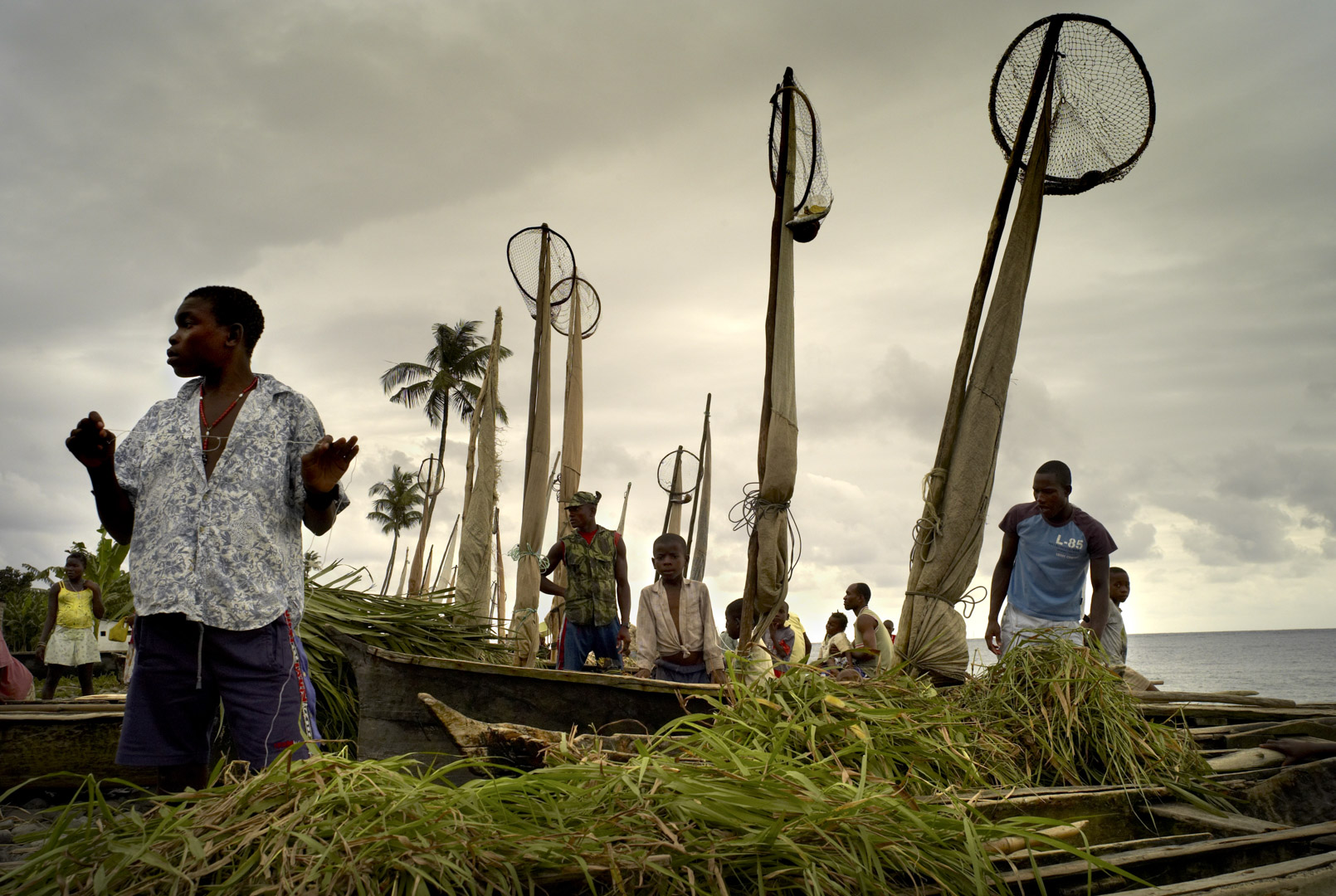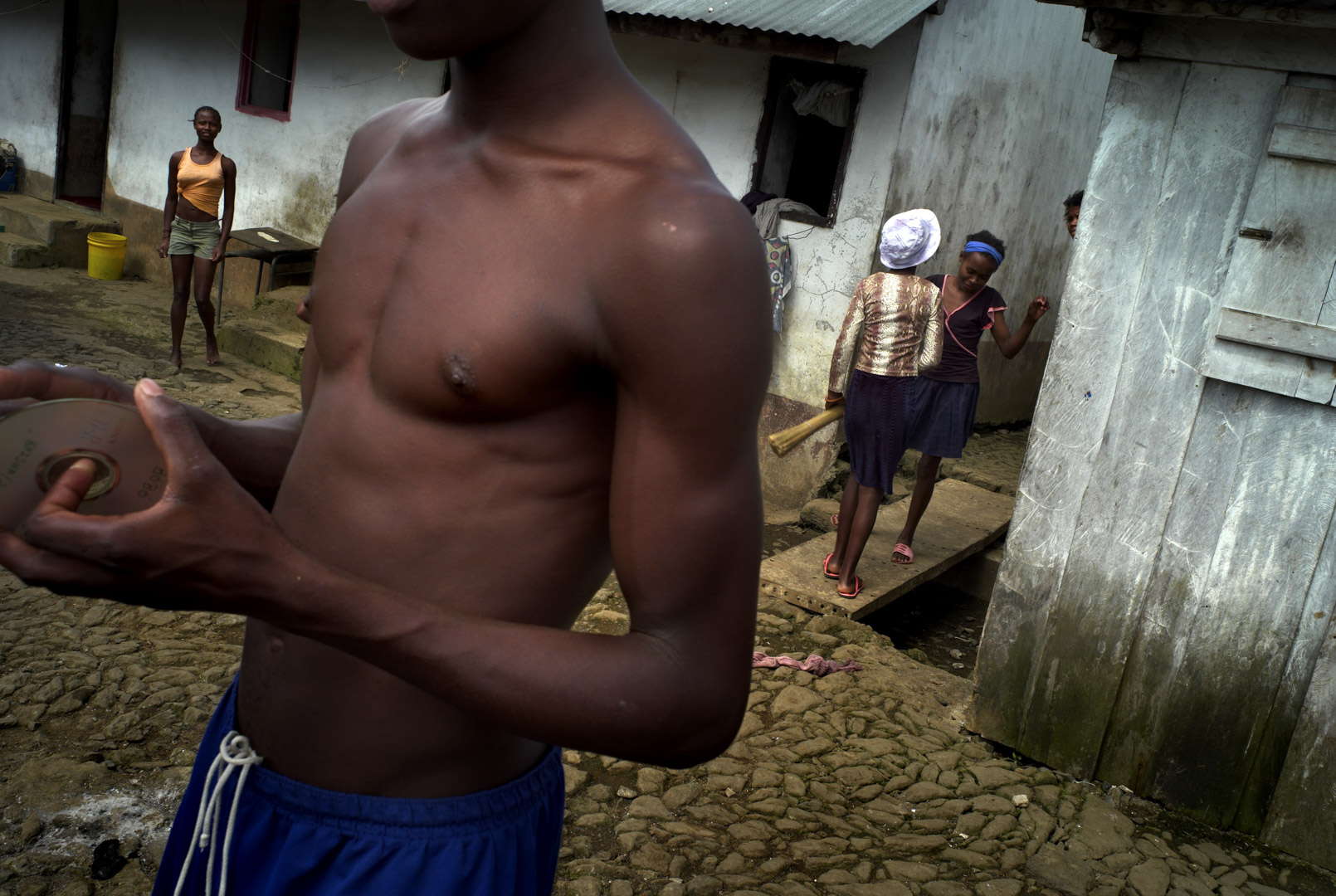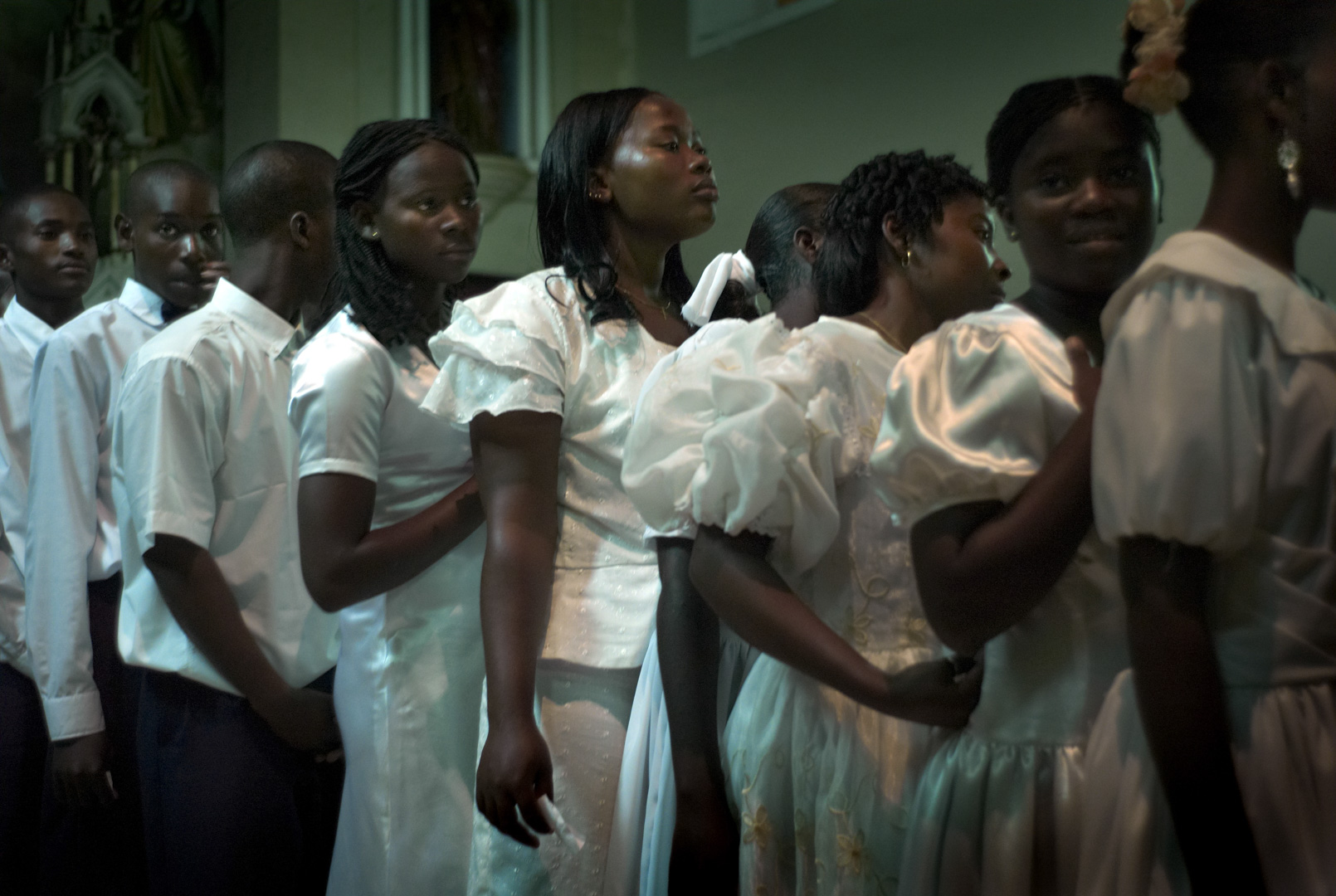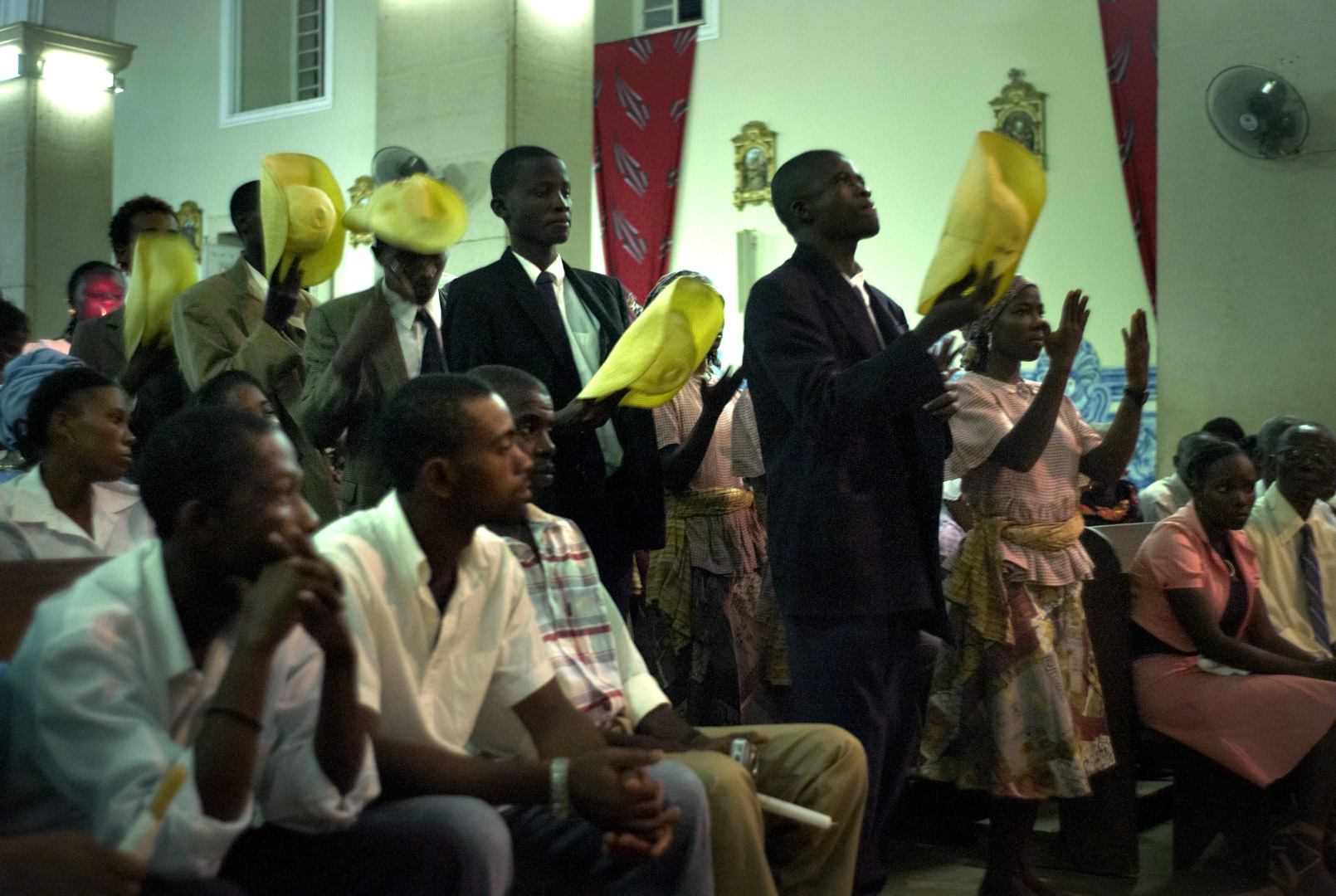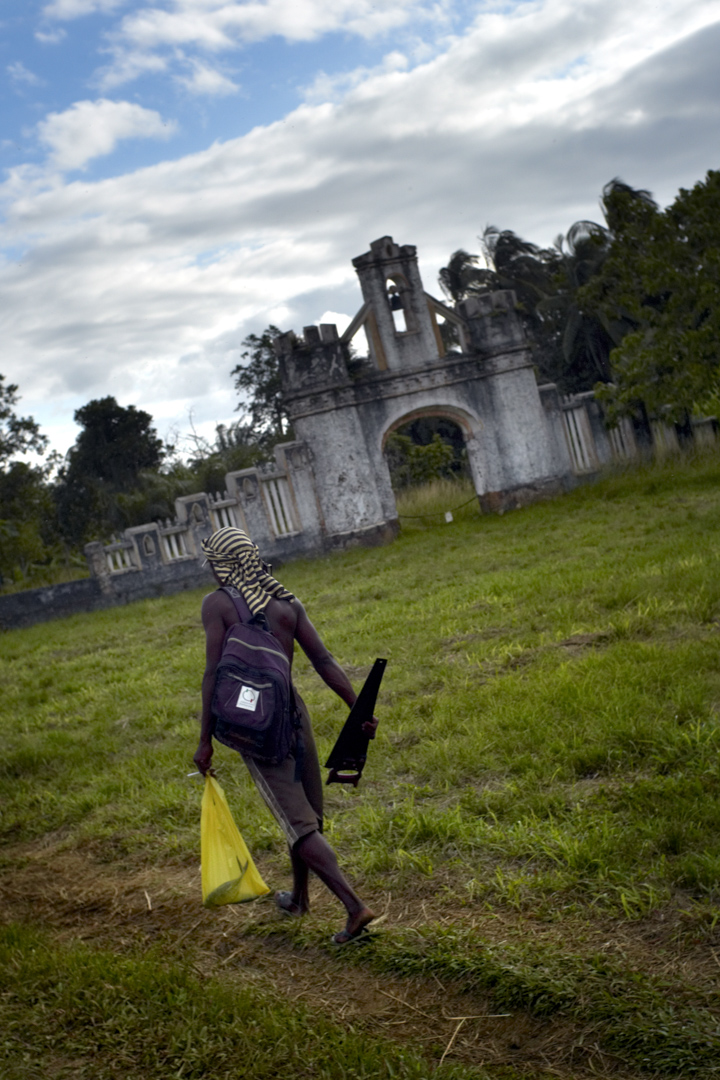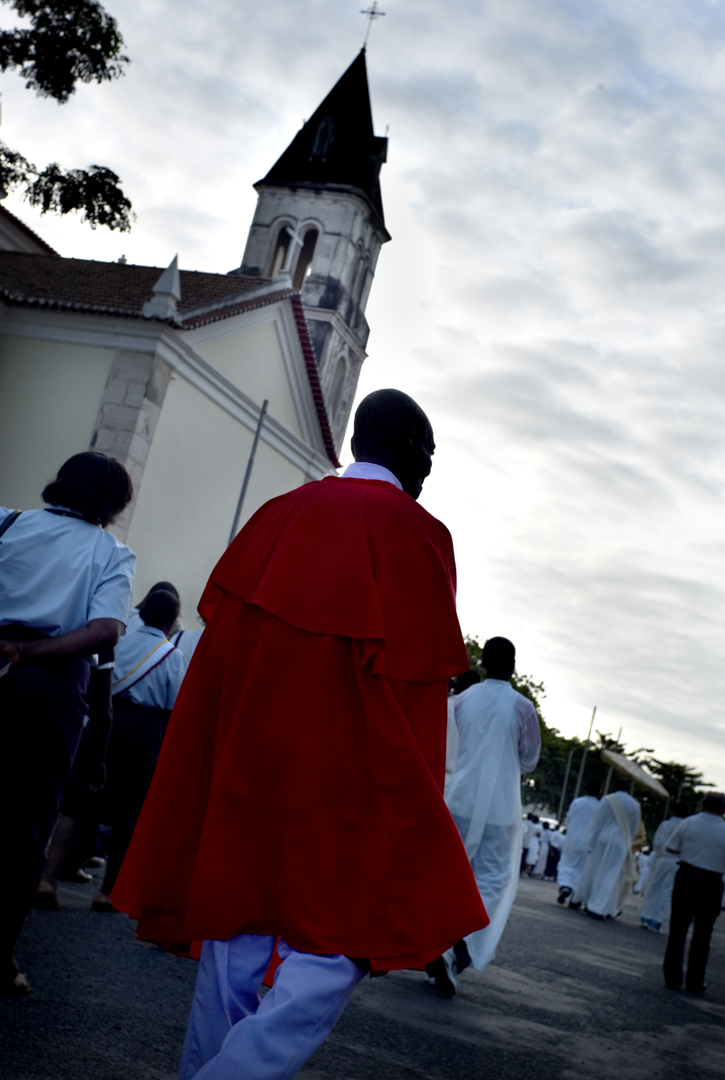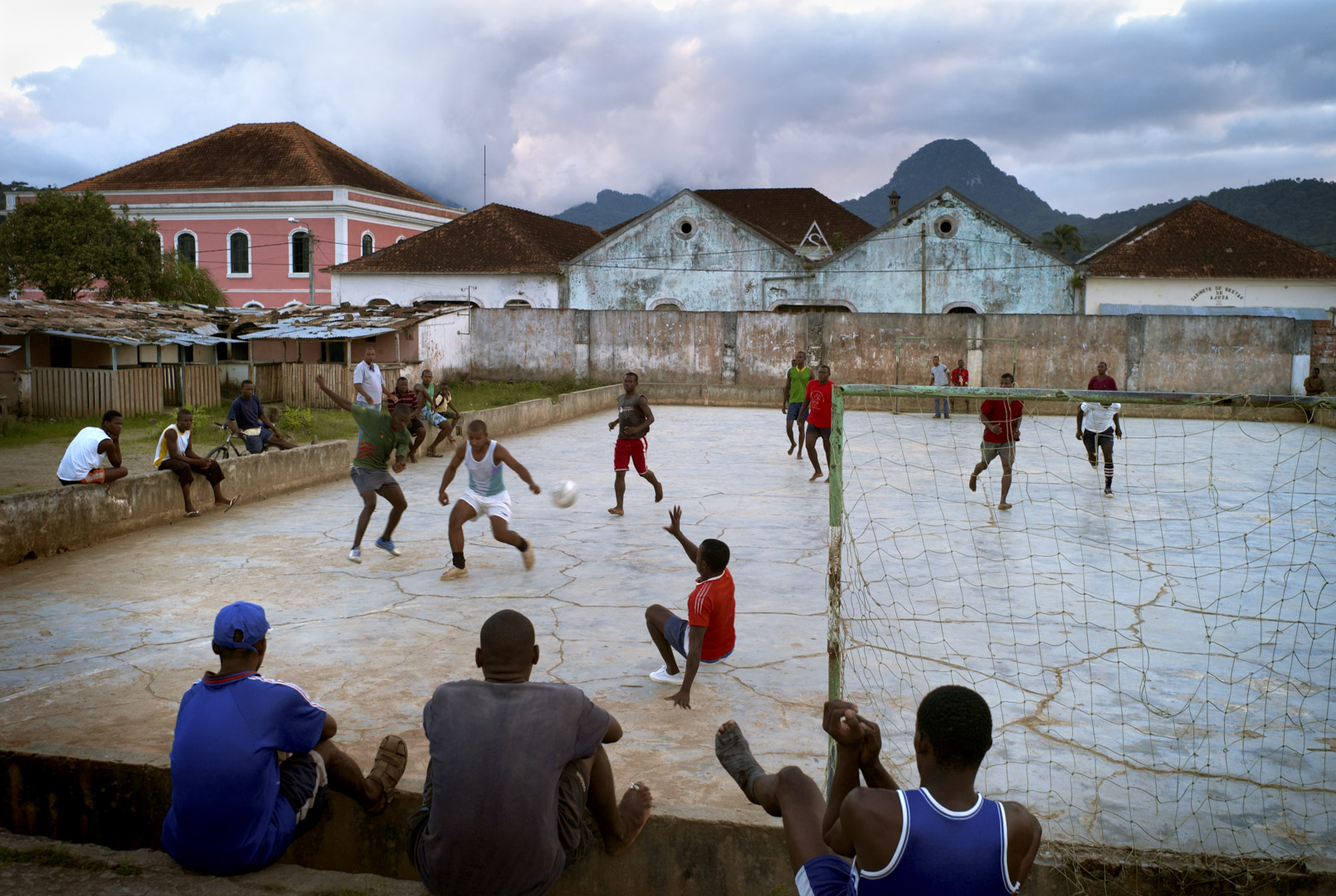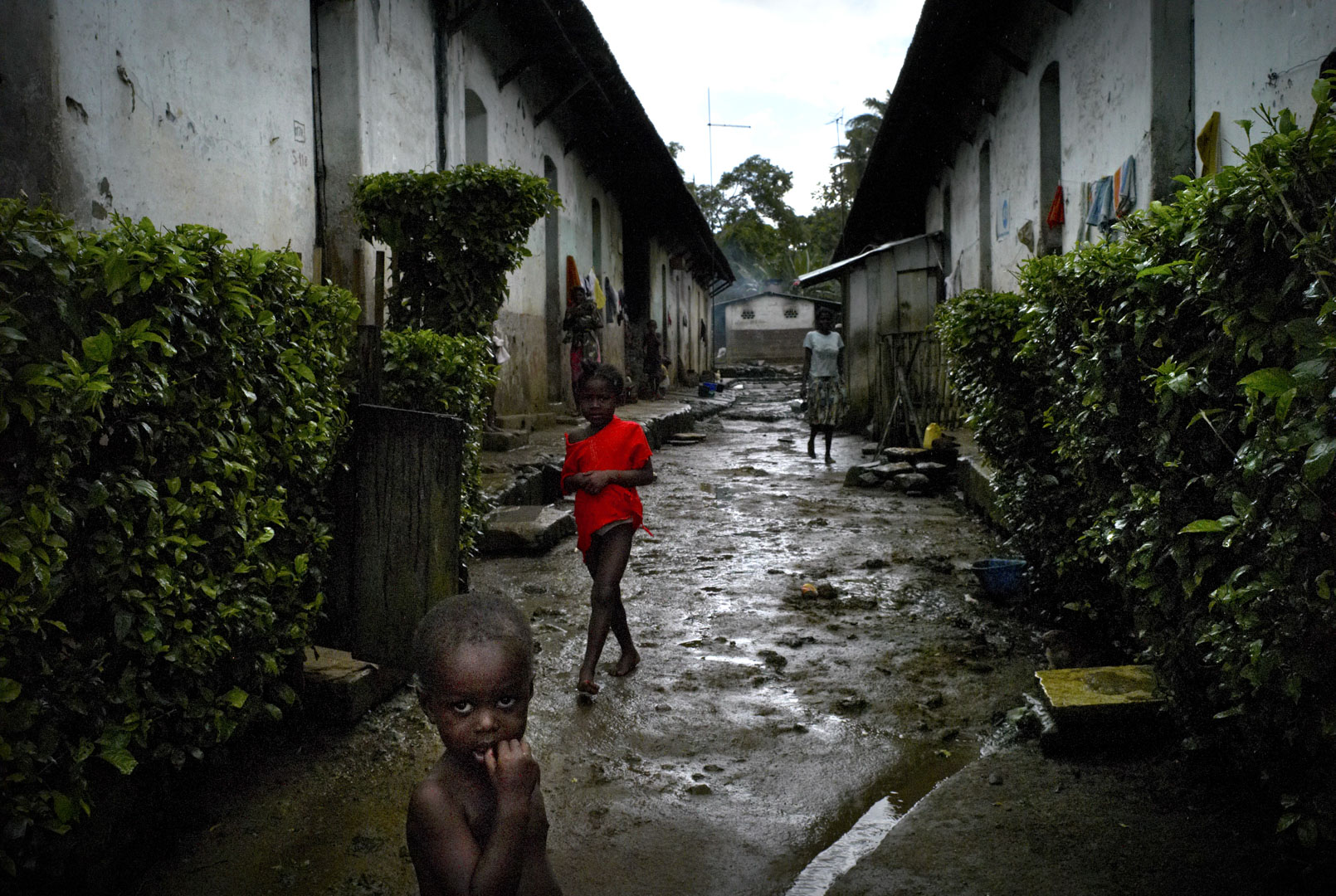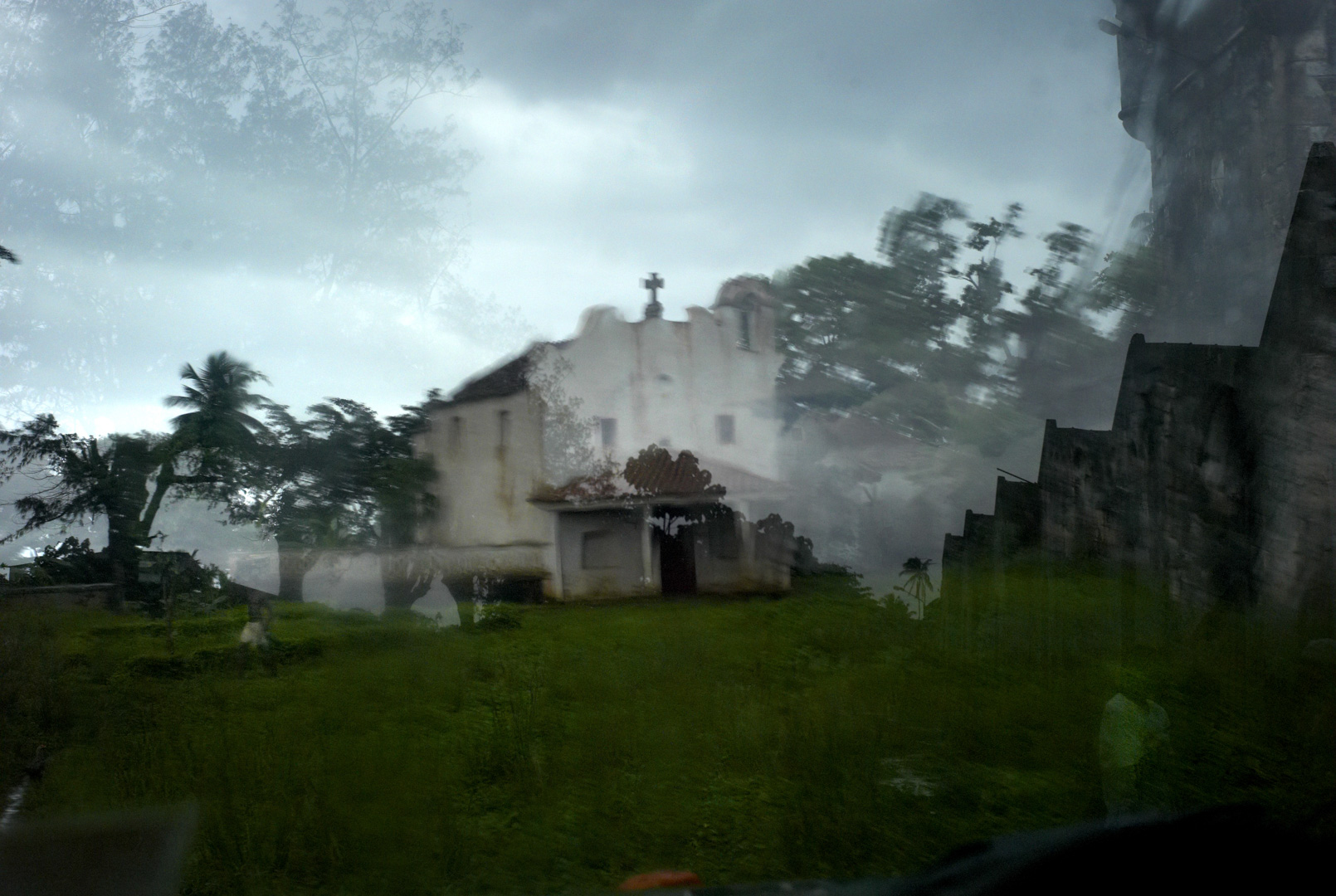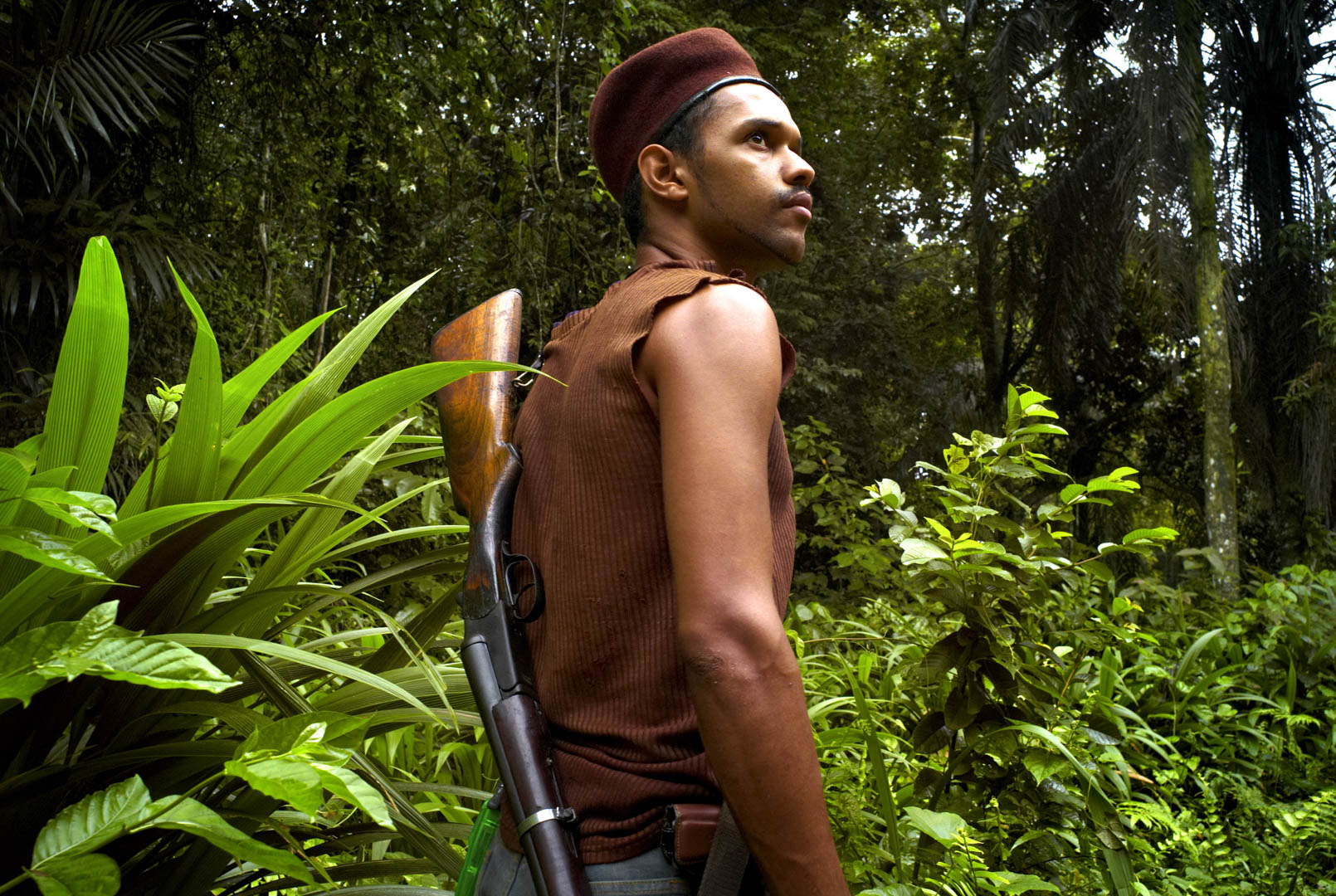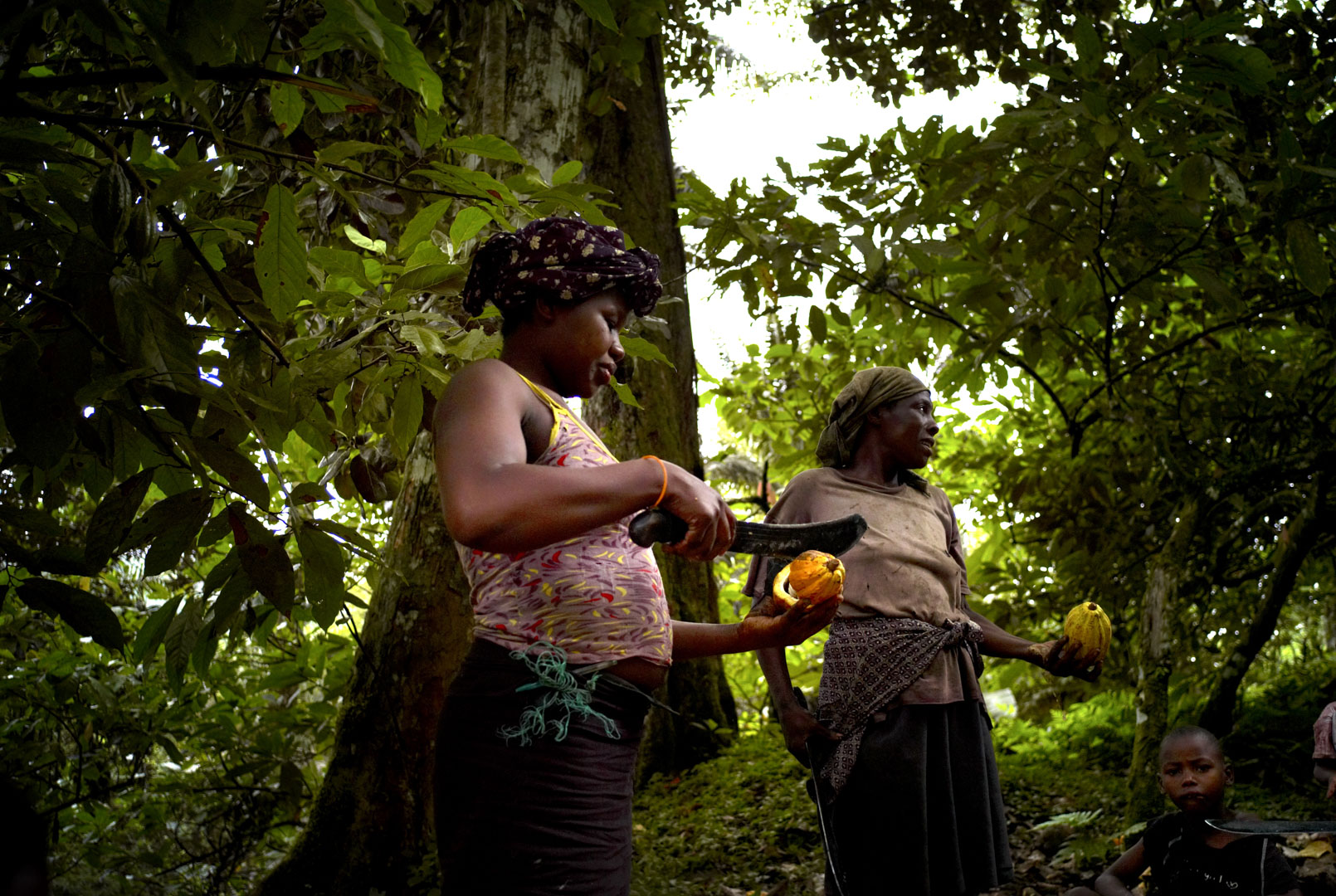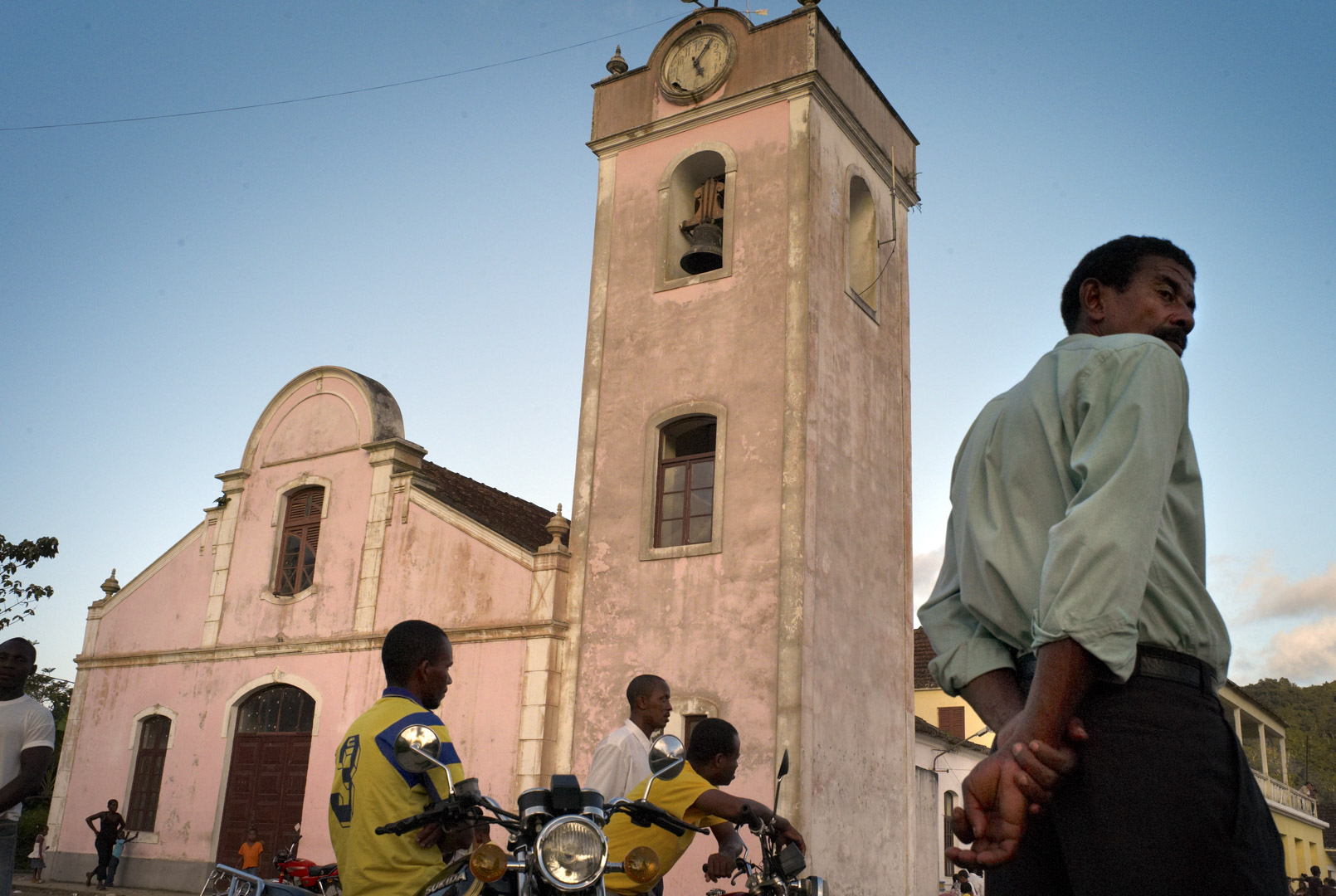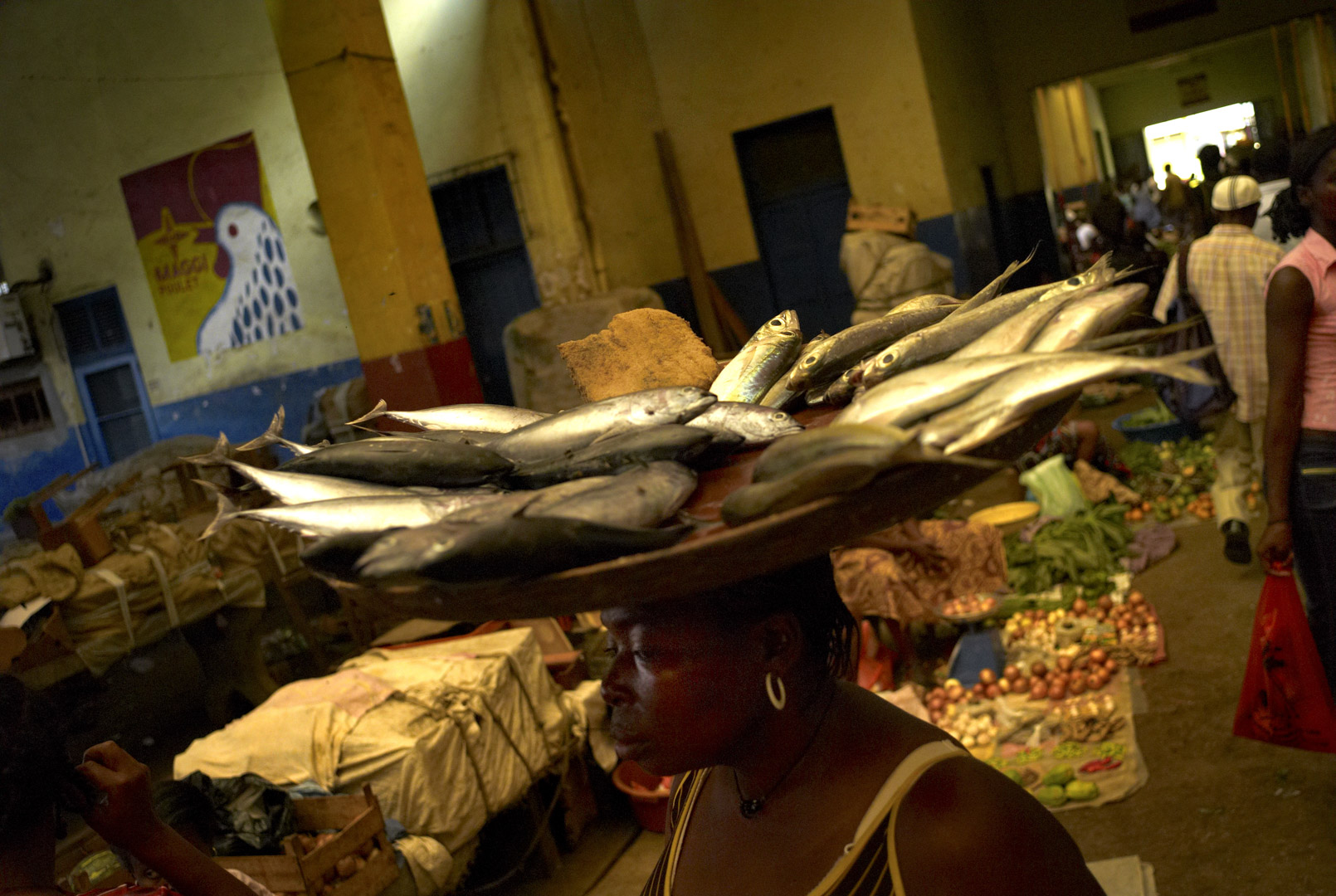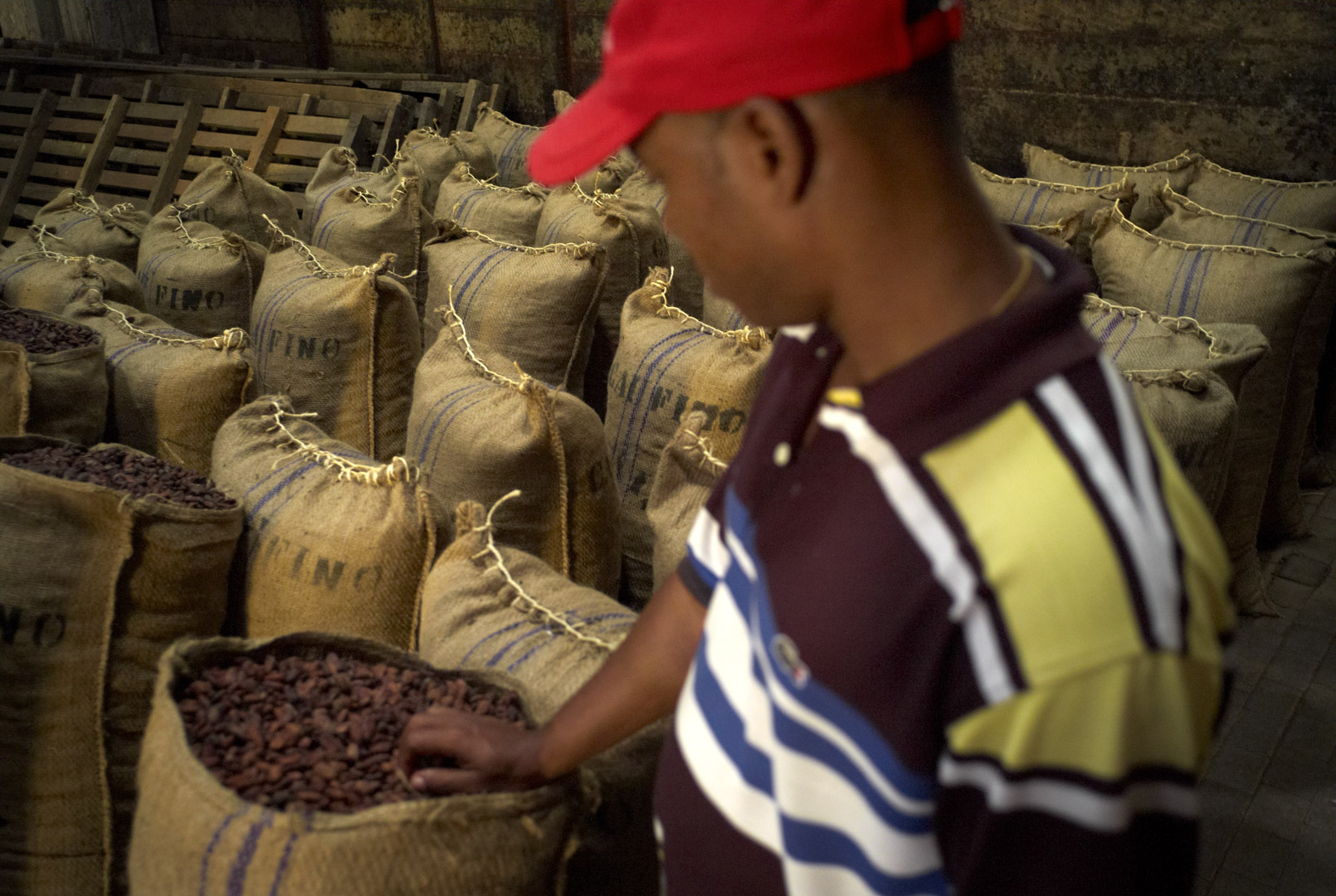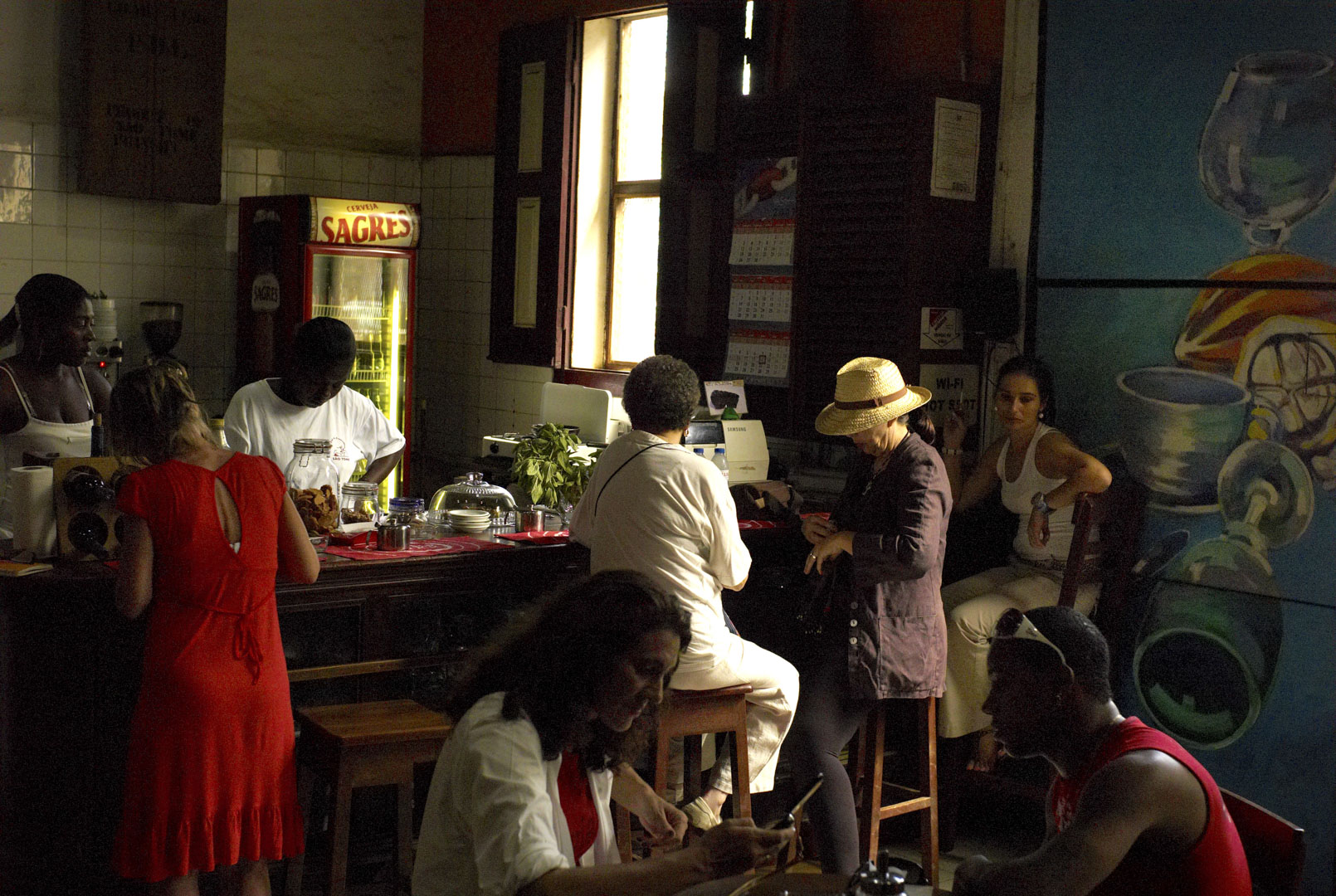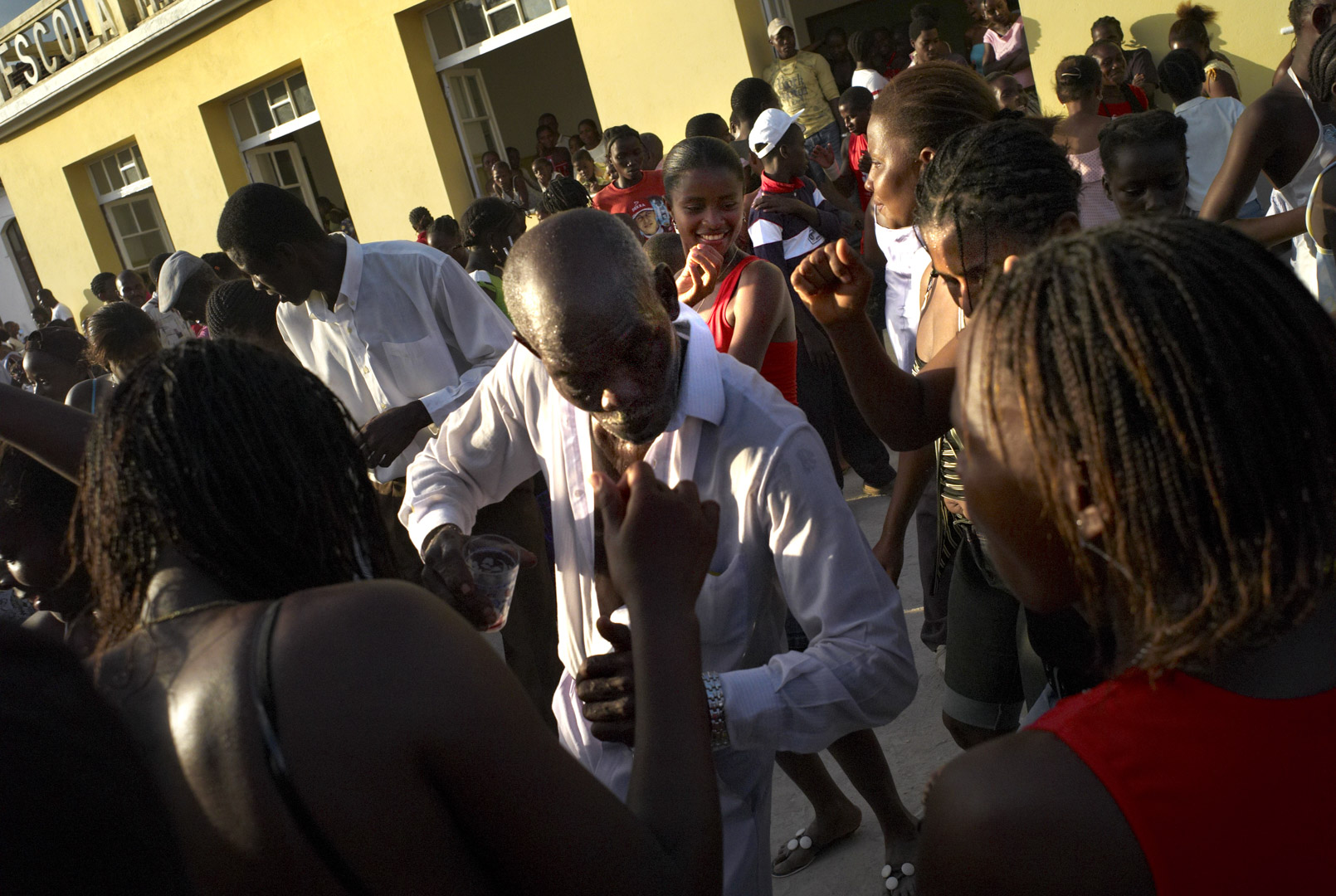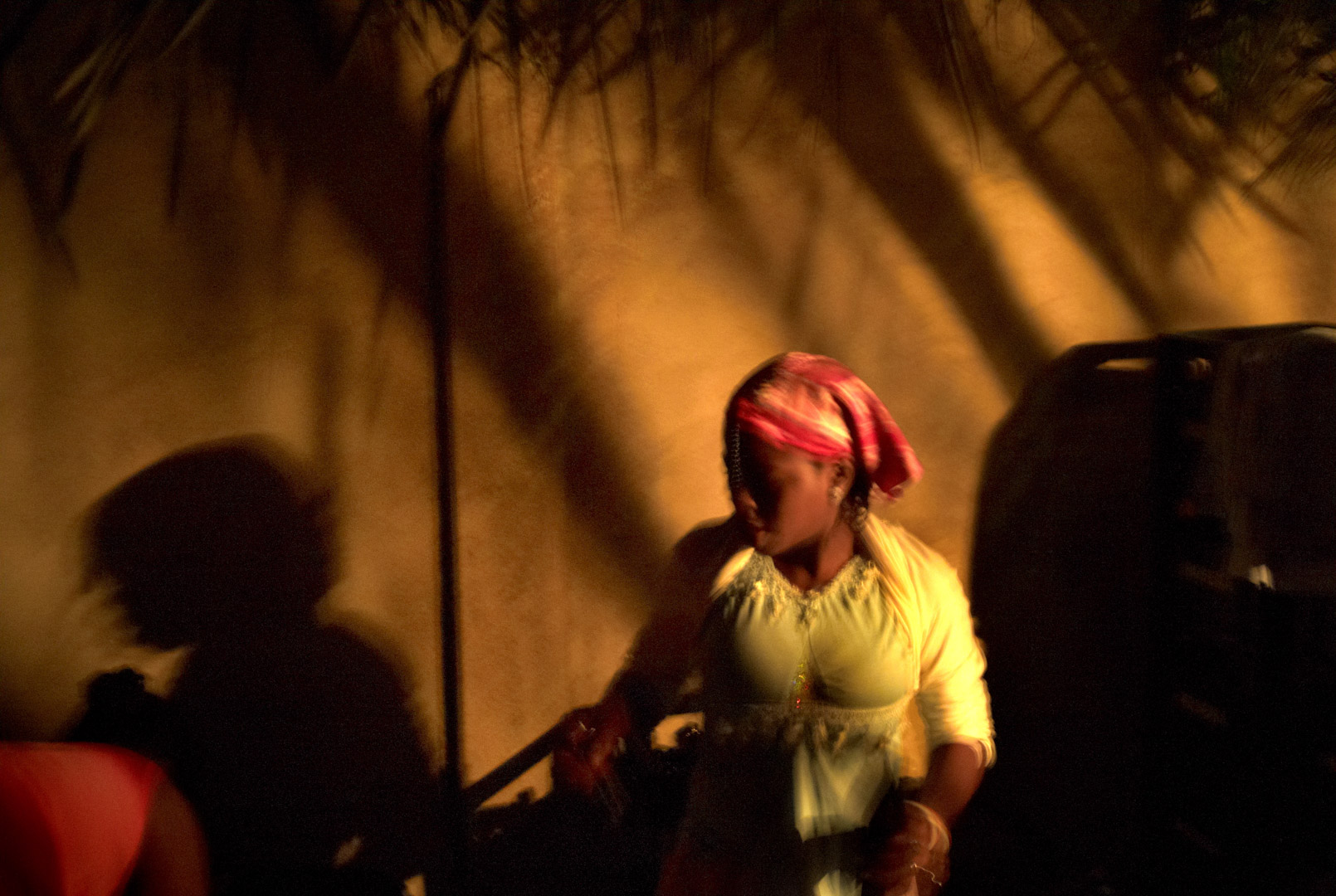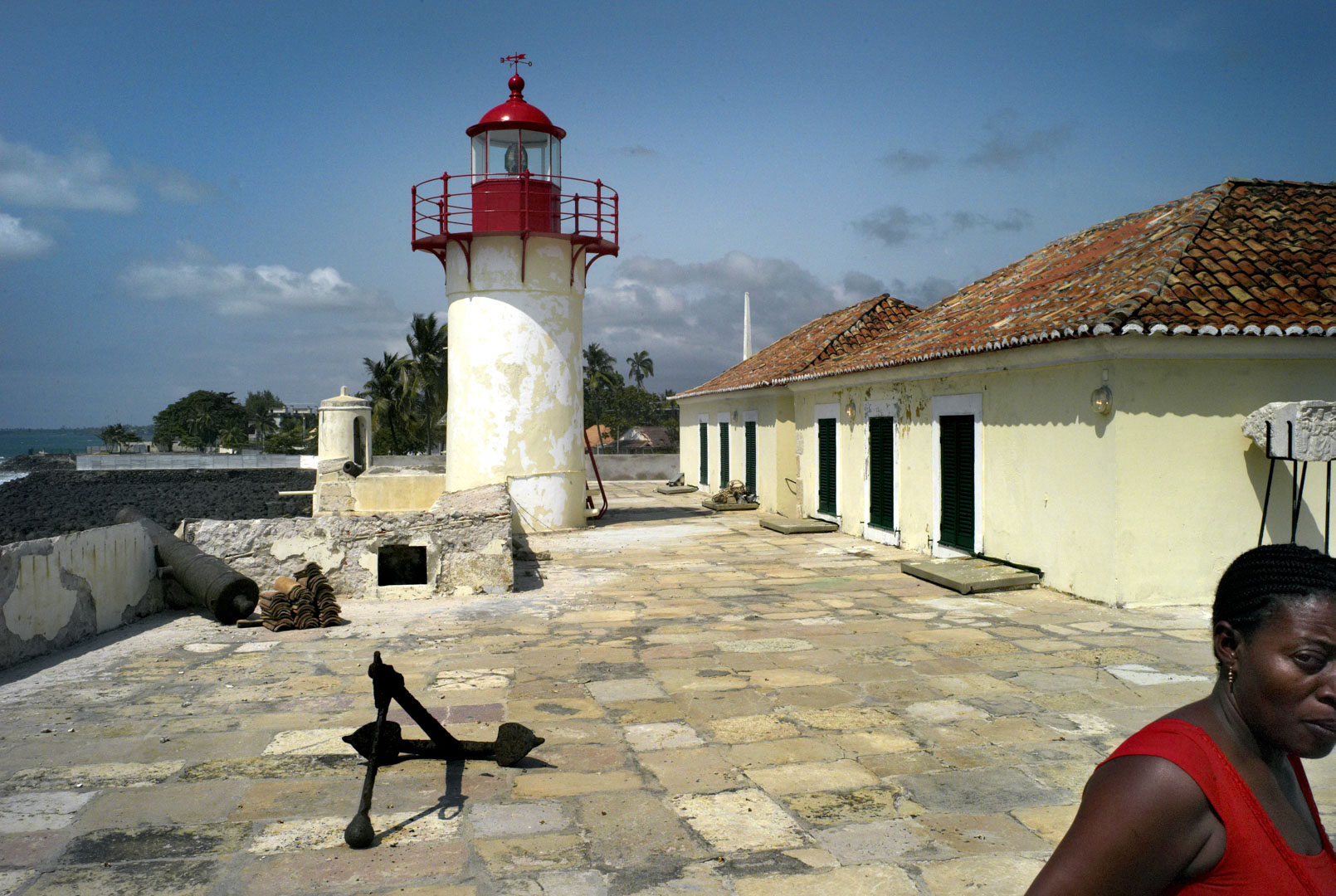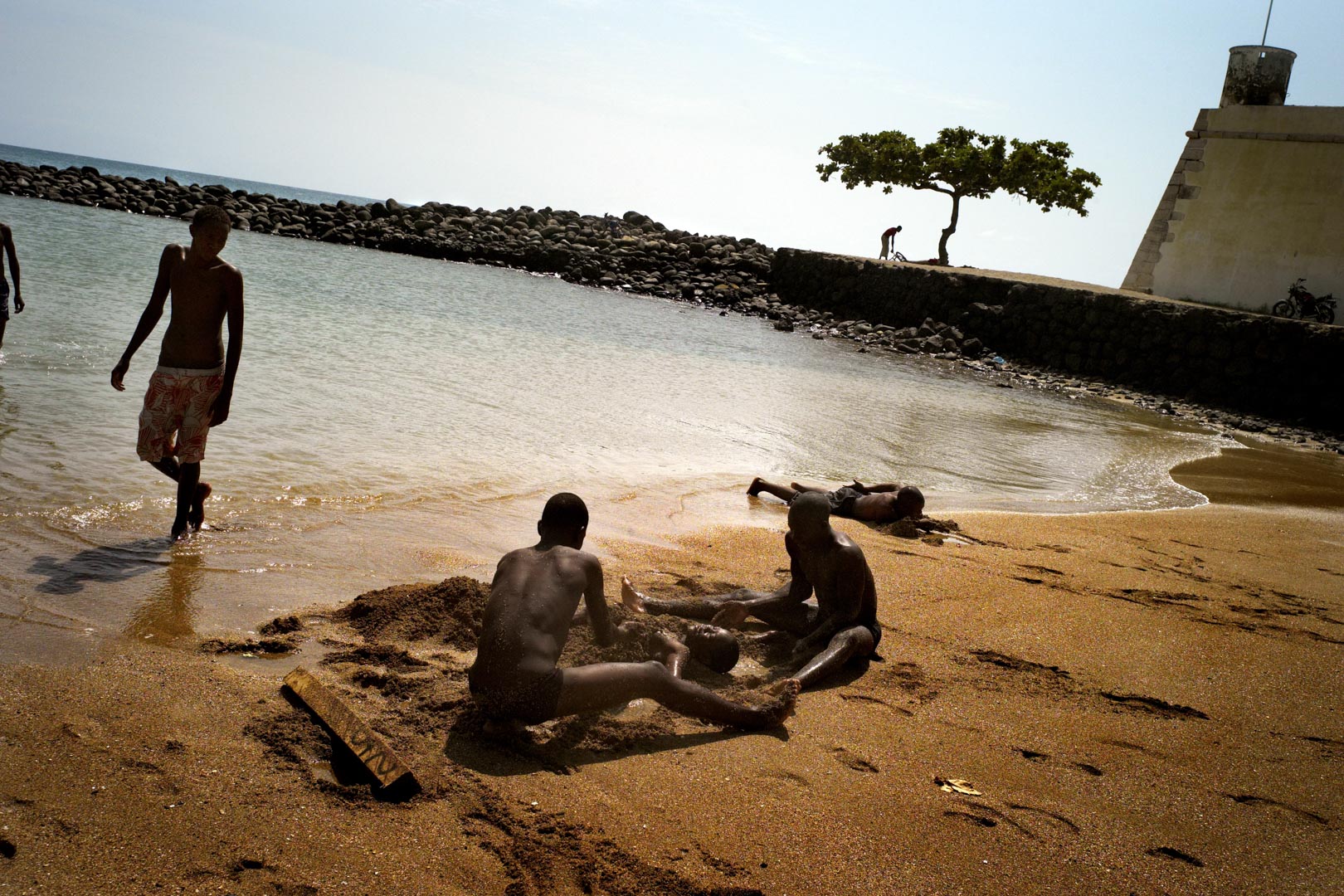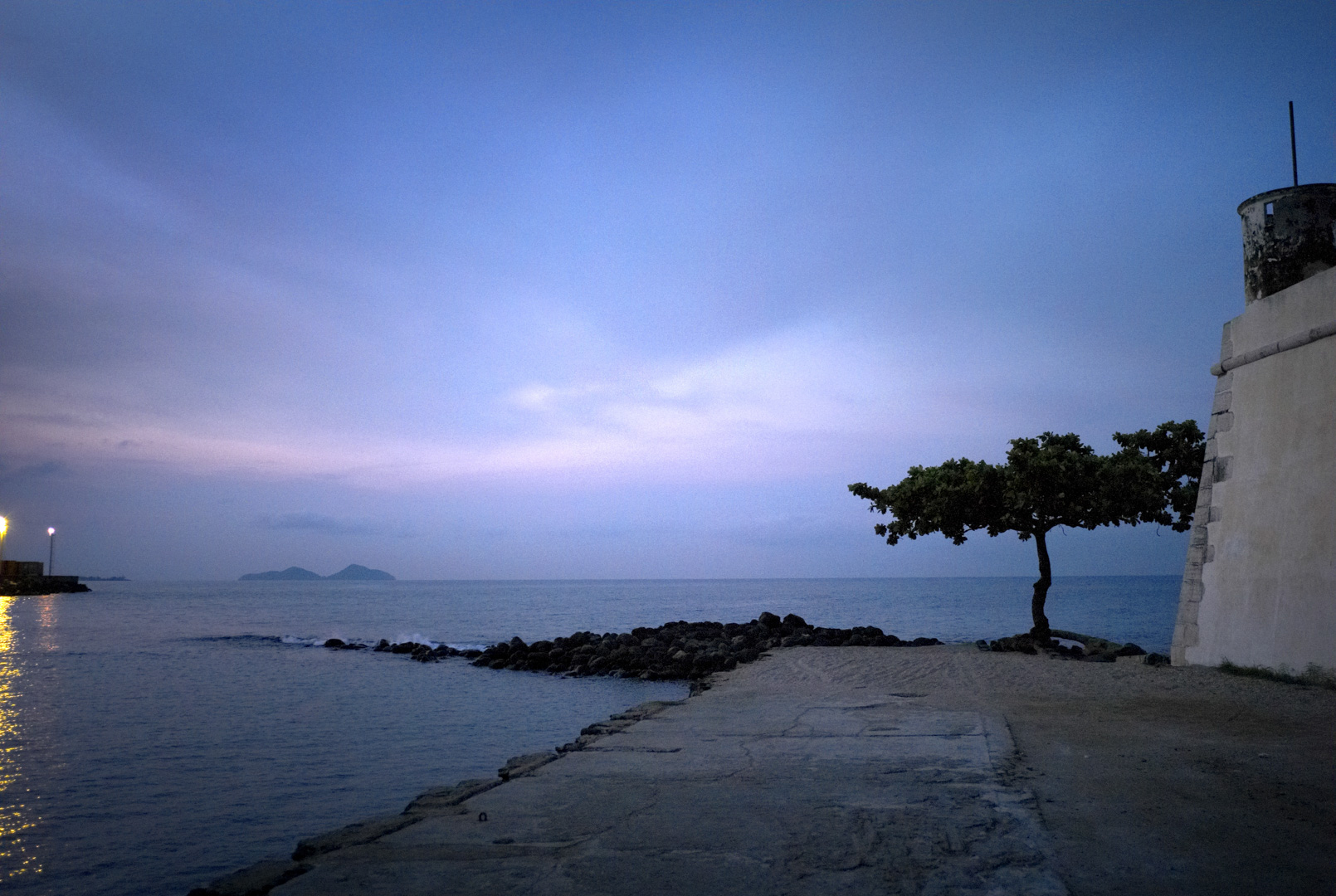Sao Tomé & Principe, Gabon, 2007
It’s a small archipelago, right on the Equator line, off the Gabonese coasts. Sao Tome & Principe is the smallest state of Africa, with a little less than 300,000 inhabitants. It used to be a virgin state until the Portuguese arrived in the 15th century. Benefiting from its advantageous position on sea routes from that period, the Portuguese decided to create a trading post there, settling colonists and bringing slaves from Africa. The island developed around its plantations: sugar cane, then coffee and cocoa.
Constructed to be autonomous, plantations have the infrastructure necessary for the survival of settlers and their slaves: housing, hospitals, schools … However, life was very hard for people under slavery and the history of the archipelago was troubled by sporadic revolts that were sometimes suppressed in blood. Although slavery was officially abolished late 19th century in Portugal, living conditions remained terrible for the population until the independence in 1975.
Since then, Sao Tome & Principe modestly live independence between fishing and the cocoa cultivation while trying to develop tourism. The recent discovery of oilfields in the north could make a difference for this peaceful archipelago.
